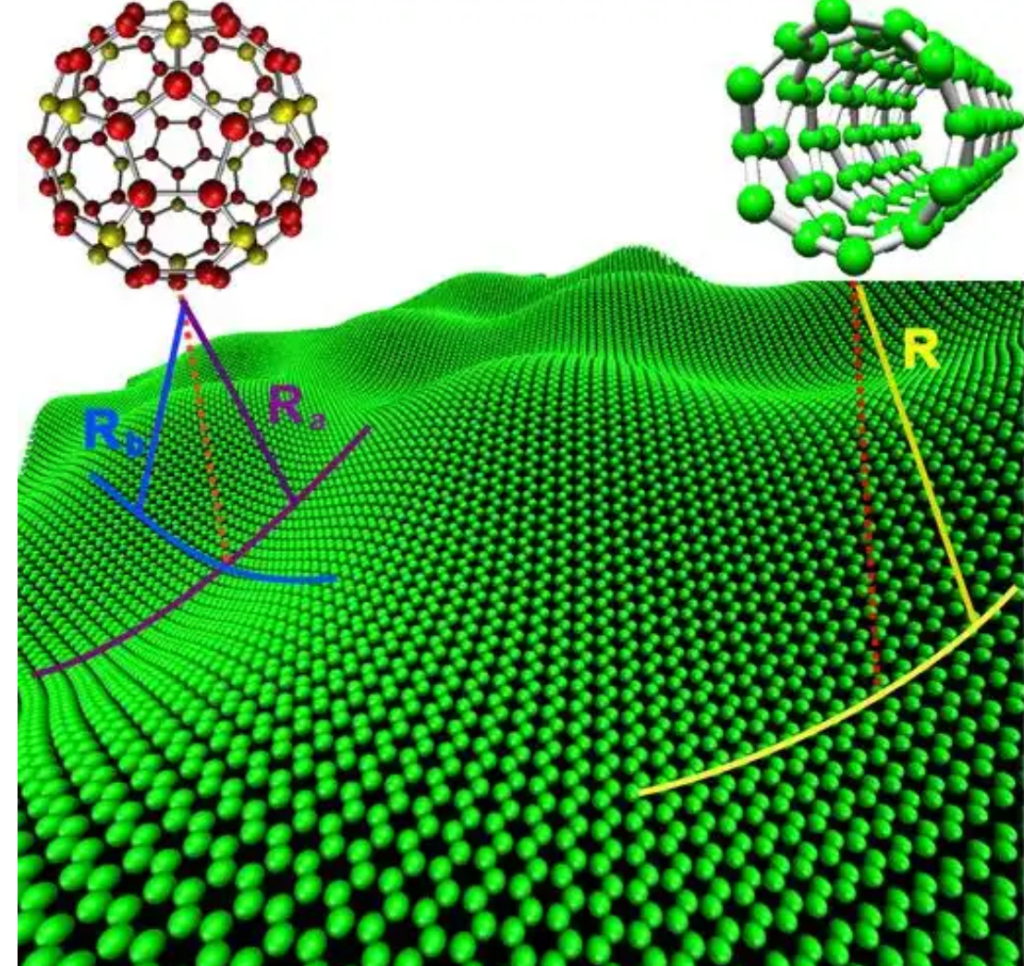What is Graphene? Graphene Properties and Applications Explained
Graphene is one of the most revolutionary materials of the 21st century, known for its remarkable properties and wide-ranging applications. But what exactly is graphene, and how does it solve modern challenges? Let’s explore this groundbreaking material, understand its benefits, and see why it has become the focus of industries and researchers worldwide.
What is Graphene?
Graphene is a single layer of carbon atoms arranged in a hexagonal lattice. It is the basic structural element of other carbon allotropes like graphite, carbon nanotubes, and fullerenes. Discovered in 2004, graphene is renowned for its extraordinary physical, chemical, and electrical properties.
This two-dimensional material is incredibly thin yet stronger than steel, lightweight, and highly flexible. Its conductivity surpasses that of copper, making it a game-changer in fields like electronics, energy, and healthcare.
Graphene’s unique structure enables it to offer unmatched versatility. Industries are leveraging graphene for applications ranging from batteries and supercapacitors to advanced composites and flexible displays.

Graphene Properties: What Makes It Exceptional?
- Mechanical Strength
Graphene is 200 times stronger than steel by weight. Its tensile strength and lightweight nature make it ideal for strengthening composites used in aerospace, automotive, and construction. - Electrical Conductivity
As one of the best-known conductors, graphene enables faster and more efficient electronic devices. Its use in transistors, sensors, and flexible circuits is transforming the electronics industry. - Thermal Conductivity
Graphene’s excellent heat conductivity surpasses most materials. This property is utilized in thermal management systems for electronics and energy storage devices. - Flexibility and Transparency
Graphene is both transparent and flexible, making it indispensable for flexible displays, solar panels, and wearable technology. - Barrier Properties
Graphene is impermeable to gases and liquids, offering unique advantages for coatings, packaging, and filtration systems.
Applications of Graphene: Solving Real-World Challenges
- Energy Storage and Conversion
Graphene-based batteries and supercapacitors offer faster charging, longer lifespans, and higher energy density. In renewable energy, graphene is enhancing the efficiency of solar cells and fuel cells. - Electronics and Sensors
Graphene transistors, flexible touchscreens, and high-sensitivity sensors are at the forefront of next-generation electronics. Its integration into wearable devices is enabling smarter health monitoring. - Composites and Materials
Graphene-reinforced materials are stronger, lighter, and more durable. These materials are revolutionizing industries like aerospace, automotive, and construction. - Healthcare and Biotechnology
Graphene is advancing drug delivery, biosensors, and imaging. Its biocompatibility and antibacterial properties are opening new doors in medical research. - Water Filtration and Environmental Applications
Graphene membranes are setting new standards in water purification and desalination. Additionally, graphene-based materials are used for pollution control and energy-efficient solutions.
Graphene’s Challenges: Cost and Scalability
While graphene’s potential is immense, challenges such as high production costs and scalability remain. Efforts are underway to develop cost-effective production methods, such as chemical vapor deposition (CVD) and bio-based synthesis, to make graphene more accessible.
Graphene vs. Traditional Materials: A Comparative Look
| Aspect | Graphene | Traditional Materials |
|---|---|---|
| Strength | Extremely strong and lightweight | Heavy and less durable |
| Conductivity | High electrical and thermal | Moderate to low |
| Flexibility | Highly flexible | Limited flexibility |
| Applications | Versatile across industries | Industry-specific |
| Cost | High but decreasing | Generally lower |
Choosing Graphene: Is It the Right Material for Your Needs?
Deciding whether graphene is the right material depends on your project requirements. If your goals involve high conductivity, strength, or flexibility, graphene is a superior choice. However, for cost-sensitive projects, traditional materials might still be preferred.
Graphene’s ability to solve complex engineering and scientific challenges makes it a material of the future. As production methods improve and costs decrease, graphene is expected to revolutionize multiple industries, ensuring a sustainable and innovative future.
Final Thoughts
Graphene stands as a testament to human ingenuity and scientific progress. Its unmatched properties and diverse applications position it as a cornerstone of modern technology. As we continue to uncover its potential, graphene will undoubtedly reshape the world around us, driving innovation and enabling breakthroughs across countless domains.

